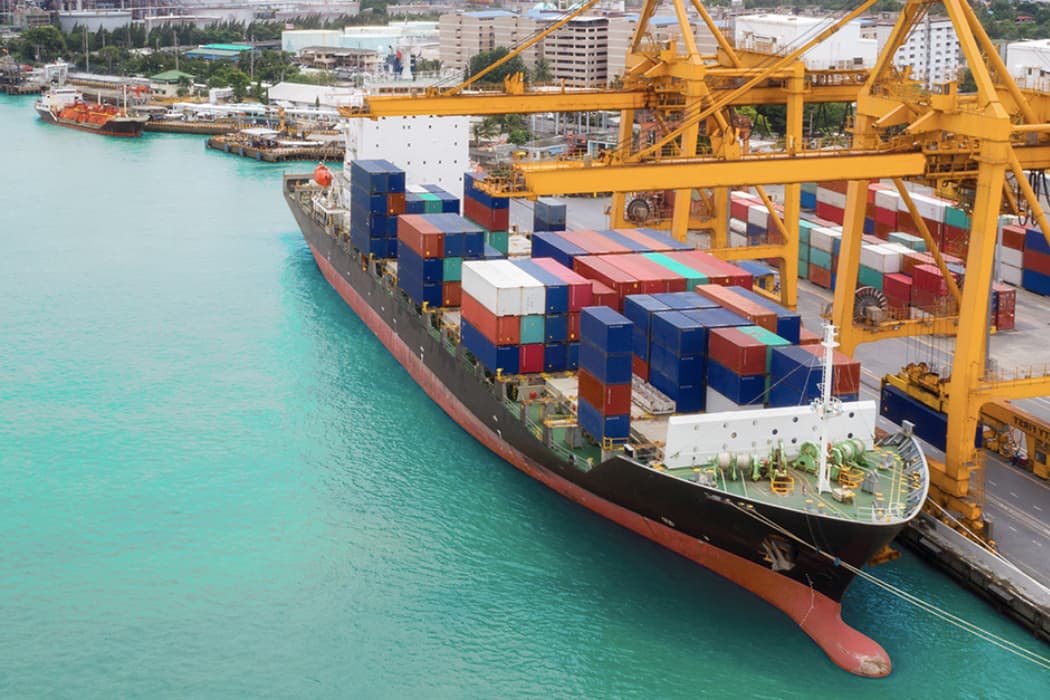
Global transportation—like many industries—has faced unparalleled disruptions over the past year. Now, as we head into 2021, there are new and different challenges added to the mix.
Many of our global shipping customers are up against the clock with Chinese New Year (CNY) approaching, while also navigating potential changes from a new U.S. administration. Of course, fast-changing consumer behaviors, port congestion, and continued uncertainty around the impact of COVID-19 continue to bring changes to the market as well.
Today I’m going to focus on how the ocean and air shipping markets have been affected and steps you can take to successfully account for these and other events.
Greater market demand overall
The global logistics market is forecasted to grow over 17% in 2021. And only a month into the year, that growth seems to be on track due to heightened demand across major global trade lanes. Volumes between China and the United States have increased by 30% compared to this time last year. It is likely the demand will continue past CNY, which falls on February 12, this year.
We historically see a spike in demand before CNY, but this year looks different from past years. Many companies are stockpiling and replenishing stock rooms in the wake of COVID-19 disruptions. And with a continued need for PPE and the dramatic uptick in ecommerce shopping, it’s no wonder there’s greater amounts of freight being moved right now.
Demand and disruption in ocean shipping
Ocean shipping capacity and port congestion
You’re most likely to see the most congestion and capacity constraints when shipping via ocean service in early 2021.
Significant increase in demand and equipment shortages in Asia have led to longer dwell times for vessels, which inevitably delays export shipments. In the United States, carriers continue to reduce the amount of exports in order to reposition empties back to Asia. Additionally, the uptick in vessel accidents due to inclement weather has added to the delays. Companies whose freight went overboard are not the only ones impacted, in fact the recent incident with ONE APUS resulted in all remaining freight being unloaded in Japan for further inspection. Inspections and transloading are likely to add considerable delays to a container’s journey.
Historically, ocean carriers announce the percentage of capacity that will be removed from the market during CNY. However, with the continued high demand and equipment shortages likely to continue through March, carriers have announced they will only remove 2-4%. This is down from the average 15-20% that we’ve seen removed in previous years.
Demand and disruption in air shipping
COVID-19 vaccine distribution
Air passenger travel is still down, and capacity for air cargo remains tight. Today, COVID-19 vaccine distribution has had minimal impact on capacity, but we’re closely monitoring the situation as it could and likely will change rapidly.
The majority of COVID-19 vaccines will not require inter-continental air lift, however when doses do need to be transported via air, many airlines are already prepared to reposition capacity. When this happens, expect heavy demand from both Europe and India. And if/when this capacity is pulled from today’s already tight air market, your global supply chain may need to pivot in response.
With new COVID-19 strains and outbreaks, many countries are now requiring pilots and airline crews to quarantine or limit overnight deliveries. These changes will likely add to the inconsistencies and put pressure on air freight costs.
Successfully overcome shipping challenges
Monitor global events
Shipping across borders inevitably means customs and global compliance will play a vital role in your supply chain. It’s important to keep abreast of the changing global trade climate so your company can remain compliant and avoid customs delays. This is especially true with a new U.S. administration in place and Brexit in full swing.
While President Biden has indicated he does not plan to focus on trade and tariff changes immediately, he has already expressed his intention to approach trade differently than the previous administration.
Additionally, shippers both in and out of the UK will need to stay up to date on changing regulations as Brexit continues to progress, and any change may directly impact many supply chains.
Establish a plan for disruptions
Despite the challenges, it is possible to mitigate delays due to congestion and equipment shortages. We’ve been able to help multiple customers avoid 10+ day delays by routing shipments through a different port or shifting freight across modes.
Instead of trying to keep up to date about market changes from several news sources, you can trust a single information source to help you see how market trends will impact capacity and pricing. C.H. Robinson’s Global Forwarding Insights webpage provides a clear picture of rapid shifts in ocean and air capacity by aggregating current market information, like I shared above, in one easy to view place. With trade lane level detail, these market insights provided by industry experts are presented with an easy to understand summary of past and present market conditions so you can maintain flexibility, adapt to potential disruptions, and prepare for the most complex shipping challenges.
To dig deeper, connect with your logistics provider to develop a disruption action plan which is key to creating an agile, flexible, and well-rounded supply chain.



